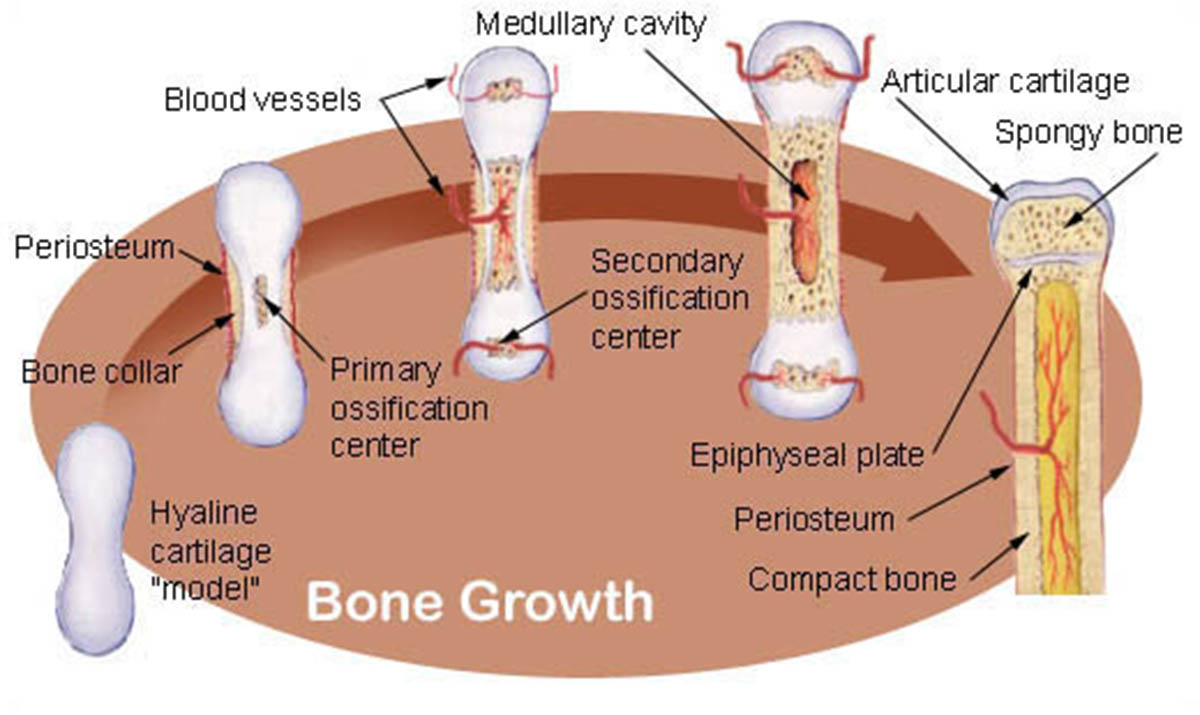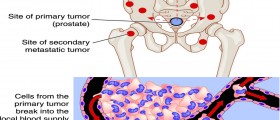
Introduction to Bone cancer
Bone cancer is a type of cancer that starts in the bone.However, this is very rare. It is far more common that a cancer has spread(metastasized) from another part of the body. Bonecancer is rare and accounts for less than 1% of all new tumors. There are several types of bone cancer, and these are:osteosarcoma, chondrosarcoma and Ewing’s sarcoma. While chondosarcoma affectsadult people, osteosarcoma and Ewing’s sarcoma have been known to appear amongthe young, being that they primarily affect growing bones (and usually the longbones of arms and legs).
Cancer starts when some of the cells in the body turnabnormal, and then start to grow out of control. The exact cause of why thishappens is unknown, but experts believe it to be a combination of genetic andenvironmental factors. The most common symptom of this condition is bone pain,while other symptoms may vary depending on the size and the location of thetumor.The treatment options for bone cancer include surgery (whichis the most common one), radiation therapy, amputation, chemotherapy, etc. Thedoctor will discuss with the patient the best options and then prescribe theoptimal course of treatment.
Prognosis
A prognosis is a medicalopinion of the course and outcome of a disease. In other words, theprognosis is the chance of a patient having a recovery or a recurrence(return of the cancer). There are several factors that affect theprognosis of bone cancer, and these are: the type and location of the cancer,the patient’s age, overall health, the stage of the cancer, etc. When, a doctordiscusses a person's prognosis, they will cautiously consider all of thefactors that could affect that person's disease and treatment, and then try topredict what might happen. They will base the prognosis on the information thathas been collected by researchers over many years about thousands of peoplewith cancer.
While the survival rates may vary, progress is being made togreatly improve the survival rates for the most common types of bone cancer.For instance, a recent research has shown that Ewing's sarcoma patients withlocalized bone cancer had as much as a 72% survival rate, up from the 61% withprevious treatments. The survival rate for osteosarcoma can be from 70% to 75%for localized primary bone cancer. Long term survival rate for those withchondrosarcoma is generally between 50% and 75%.
However, if the cancer has metastasized to other parts ofthe body, the survival rate diminishes greatly. And, survival rates also varydramatically depending on where the cancer metastasizes to.
Also, survival rates for secondary bone cancer depend on the degreeof the metastases to the bone, the type of primary cancer, and other sites ofmetastasis. Usually, extensive metastases to the bone has very low survivalrate.

















Your thoughts on this
Loading...